Summary
- The Razer Viper V3 Pro is a no-frills professional-grade gaming mouse with an exceptionally lightweight and ergonomic design.
- Smooth skates reduce hand fatigue, and a top-shelf optical sensor and optical switches deliver virtually lag-free performance.
- While the Viper V3 Pro can be used wired, the cable included is too stiff, and it’s limited to a 1000 Hz polling rate (compared to 8000 Hz in wireless mode).
Do you need the luxury of a $160 mouse? No, not at all. But would that luxury make your PC gaming way more enjoyable, enough so that the cost is justified? If the Razer Viper V3 Pro has anything to say about it, the answer is a resounding yes.
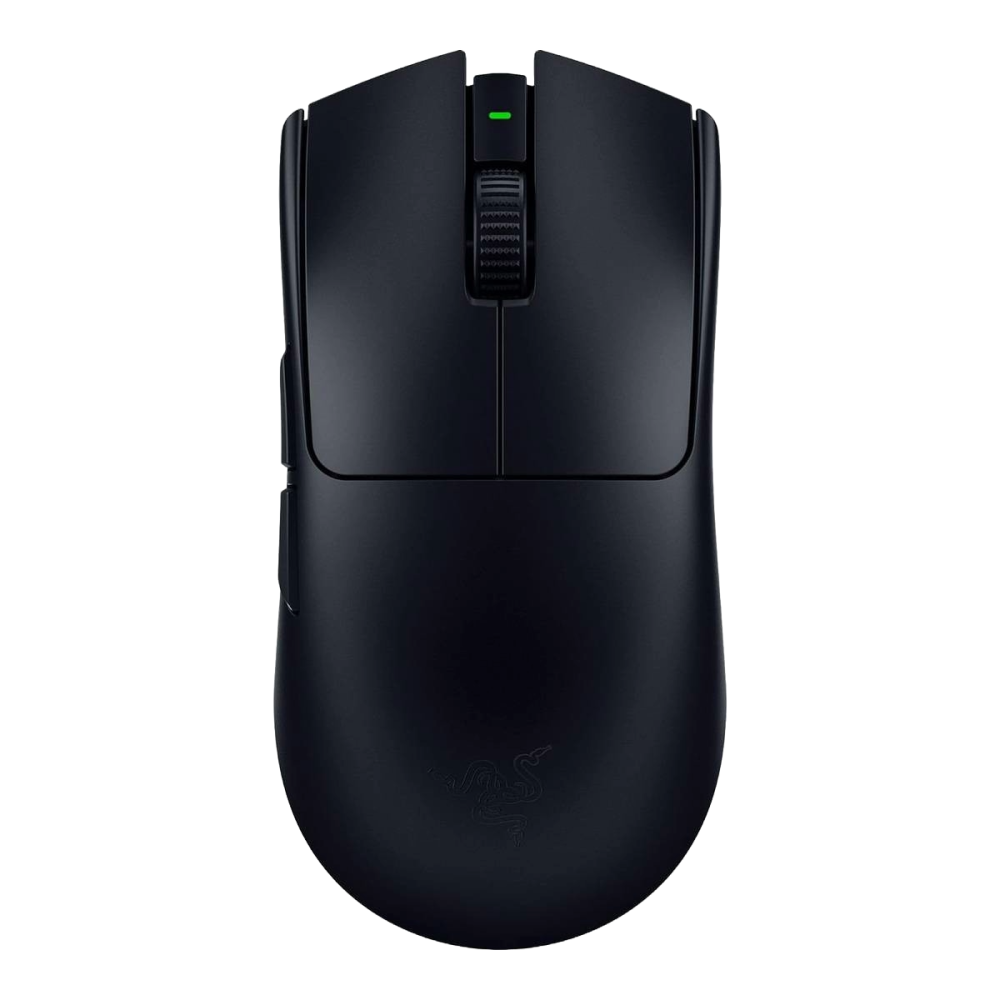
- Brand
-
Razer
- Weight
-
54 g (black), 55 g (white)
- Switches
-
Optical Mouse Switches Gen-3
- RGB Lighting
-
No
Razer’s flagship ultralight wireless gaming mouse (54 grams) with a simple but comfortable layout, an exceptionally responsive optical sensor, and low-latency optical switches.
- Comfortable in multiple grips
- Large and smooth skates
- Fast response times
- Puts the “ultra” in ultra-light weight
- Great customization software
- Stiff cable
- Limited to 1000 Hz when wired
- No Bluetooth
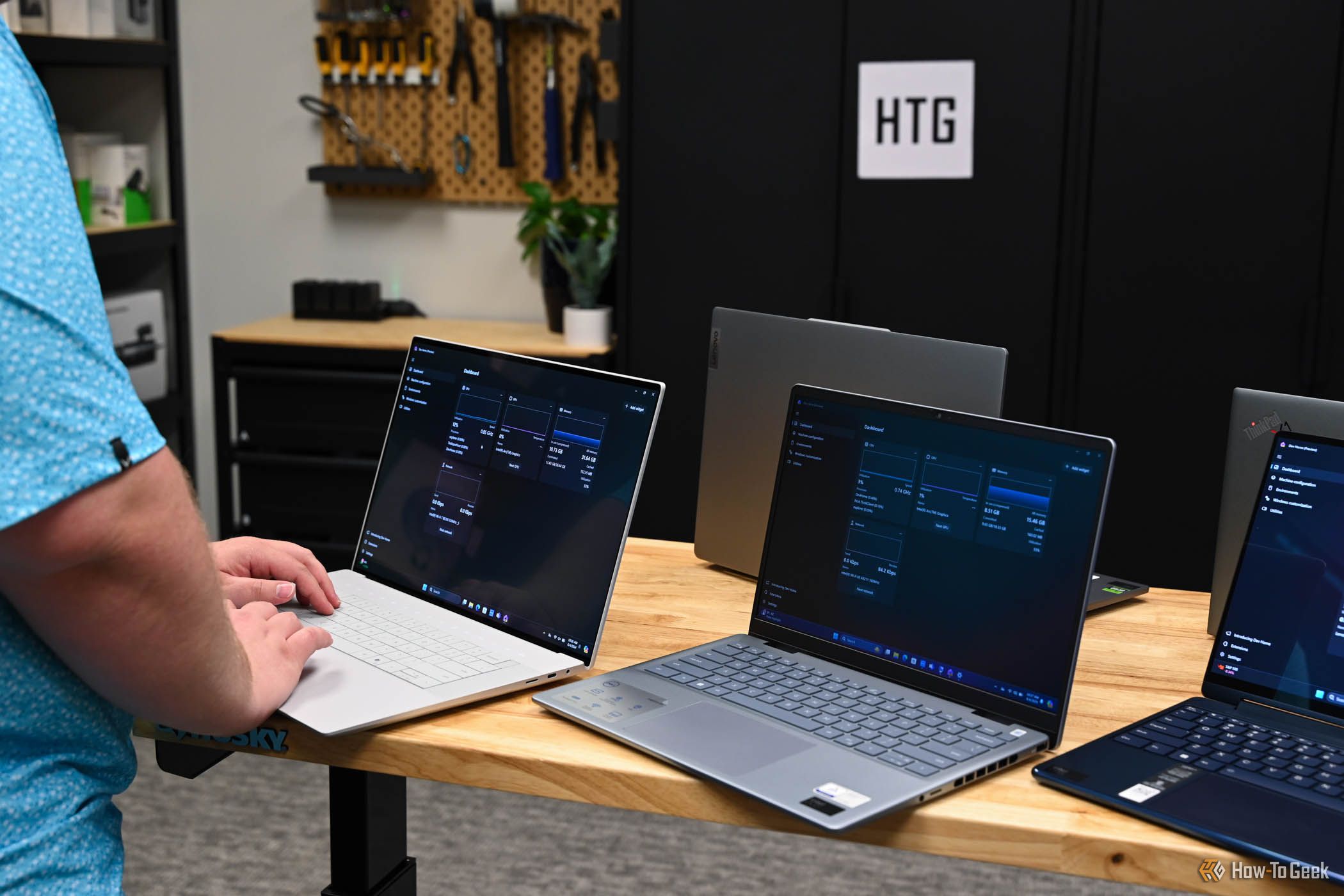
See Our Process
How We Test and Review Products at How-To Geek
We go hands-on with every product to ensure it’s worth your time and money.
Price and Availability
- Weight
-
54 g (black), 55 g (white)
- Switches
-
Optical Mouse Switches Gen-3
- RGB Lighting
-
No
- Programmable Buttons
-
Yes, 6
- Connectivity
-
Wireless (via dongle), Wired
- Battery Life
-
95 hours (1000 Hz)
- DPI
-
35000
- IPS
-
750
- Polling Rate
-
8000 (1000 Wired)
- Acceleration
-
70
- Dimensions
-
5 x 2.51 x 1.57 inches
- Sensor
-
Focus Pro 35K Optical Sensor Gen-2
- Color Options
-
Black, White, Faker Edition, Sentinels Edition
The Razer Viper V3 Pro retails for $159.99 and comes in black or white. There are also two esports-branded variants available for a $20 upcharge.
Included in the box is the Razer HyperPolling Wireless Dongle, a USB-A to USB-C cable, and grip tape.
Everything You Need, Nothing You Don’t
Many companies try to make expensive mice look the part with RGB lighting, extra buttons, and other gimmicks. Razer did none of this with the Viper V3 Pro, and the mouse reaps every benefit from this restraint.
The clear focus for the design of this mouse is its ergonomics. The flattened sides juxtapose against a pronounced hump in such a way that most hands should be able to find a natural, comfortable grip. It’s a large shape I feared would prove slippery without using the included grip tape, but the soft rubber texture has a natural friction to it while being superbly comfortable. It’ll be hard to go back to mice with baked-in grip textures after this.

Related
Palm, Claw, and Tip: The Pros and Cons of Mouse Grip Styles
Your tiger claw will never defeat my hidden palm.
I’d also say the same about the large side buttons that were perfectly placed under my thumb no matter what grip I used. They give easily to pressure while still providing a satisfying click, a far cry from the stiff and tiny buttons implemented in many modern gaming mice.
Razer also largely nailed the scroll wheel with its fine-tuned rigidity across its 24 tactile steps. While a tilting scroll wheel could’ve added two more buttons without much complication, they tend to be loosely fitted, something that would detract from the Viper V3 Pro’s sturdiness.
At 1.9 oz (54g), the Viper V3 Pro is as light as an ultra-light mouse gets. When I first started using it, I wasn’t sure how I felt about its borderline weightlessness, but I was won over when I realized how much it cut down on hand fatigue. Also, while no mouse will inherently make you better at games, I did find myself feeling far more agile after adjusting to this one’s lightness.
One thing cut in a bid to reduce the mouse’s weight was Bluetooth support. It’s a small shame as it limits which devices the mouse is compatible with, but at the same time, this isn’t a mouse you buy only to be hamstrung by the latency and low polling rates of Bluetooth connectivity.
A Smooth Performer in Every Sense
The Viper V3 Pro’s feather-light weight is amplified by its two large skates. These provide a smoothness akin to a luxury sports car, allowing the mouse to dash across surfaces with little resistance or noise. I use a glass mouse pad which most mice will make a scraping sound against, but this is the first mouse I’ve tested that produced absolutely none of that. Even a bit of dust buildup around the skates doesn’t bog it down (and it’s easily cleaned by tracing the skates with your finger).
Low friction and weight would mean little if not backed up by a good optical sensor. This being its flagship mouse, Razer naturally put its most cutting-edge optical sensor in here: the Focus Pro 35K Optical Sensor Gen-2. This sensor offers response times that feel like they lack any input delay whatsoever. This proved true on a 240 Hz monitor at an 8000 Hz polling rate as it did a 165 Hz monitor at a 1000 Hz polling rate. I did encounter the very occasional hiccup, but it was unobtrusive and rare enough to be overlooked.

Related
Don’t Play Esports? Then You Don’t Need 8,000 Hz Polling Rates
Even esports players don’t!
The same can be said for the similarly best-in-class optical switches used for its mouse buttons. They’re immensely responsive, with a .2 ms actuation resulting in inputs that feel near-immediate. They also don’t require much force to depress, another benefit for staving off hand fatigue.
I also found the click itself rather audibly satisfying, though if you’re bothered by the sound cutting through quiet gaming moments, it may prove a little loud.
What I can’t sing the praises of is using the Viper V3 Pro wired. The cable it comes with is too inflexible and adds friction and pull that entirely defeats the purpose of the $160 mouse. You’re also limited to a 1000 Hz polling rate in wired mode. While I’d usually argue you don’t need higher, this is the rare mouse that I feel does benefit from more. From a practical standpoint, this amounts to a mouse that’s cumbersome and gimped while plugged in to charge.
Great Per-Game Customization
The customization options for the Viper V3 Pro via Razer Synapse are largely similar to what you get with other Razer mice: button remapping (including the DPI/Power button under the mouse), multiple adjustable DPI profiles, setting the polling rate in and out of games, and various calibration and power settings. You can also customize the acceleration curve of the mouse or turn off acceleration altogether.
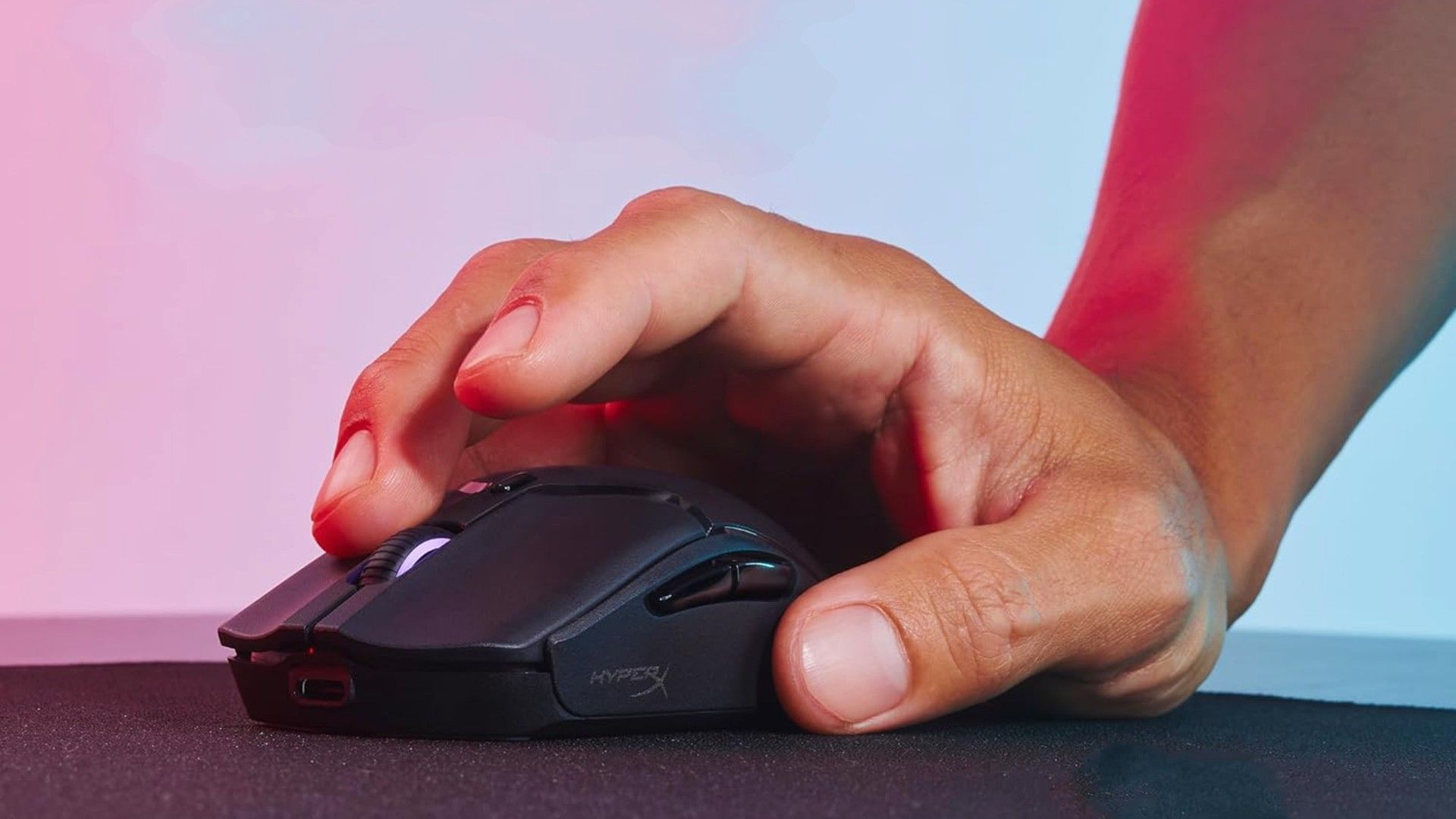
Related
How (and Why) to Turn Off Mouse Acceleration on Windows 11
Have better control on your mouse movement!
Perhaps the most useful feature of Razer Synapse is the ability to create profiles that are automatically activated when launching linked games. If you have specific acceleration preferences or polling rate needs for different genres, this circumvents the hassle of manually swapping profiles every time.
Should You Buy the Razer Viper V3 Pro?
If PC gaming is your core hobby, and you have the means to invest in an optimal experience, then the Razer Viper V3 Pro is an easy recommendation. It’s costly at $159.99 (or even the slightly lower prices you can usually find one for), but every cent of value is felt in this mouse’s peak performance. Money aside, the only reasons not to consider this mouse is if you’re looking to play wired or need the bells and whistles not offered here.

- Brand
-
Razer
- Weight
-
54 g (black), 55 g (white)
- Switches
-
Optical Mouse Switches Gen-3
- RGB Lighting
-
No
Razer’s flagship ultralight wireless gaming mouse (54 grams) with a simple but comfortable layout, an exceptionally responsive optical sensor, and low-latency optical switches.


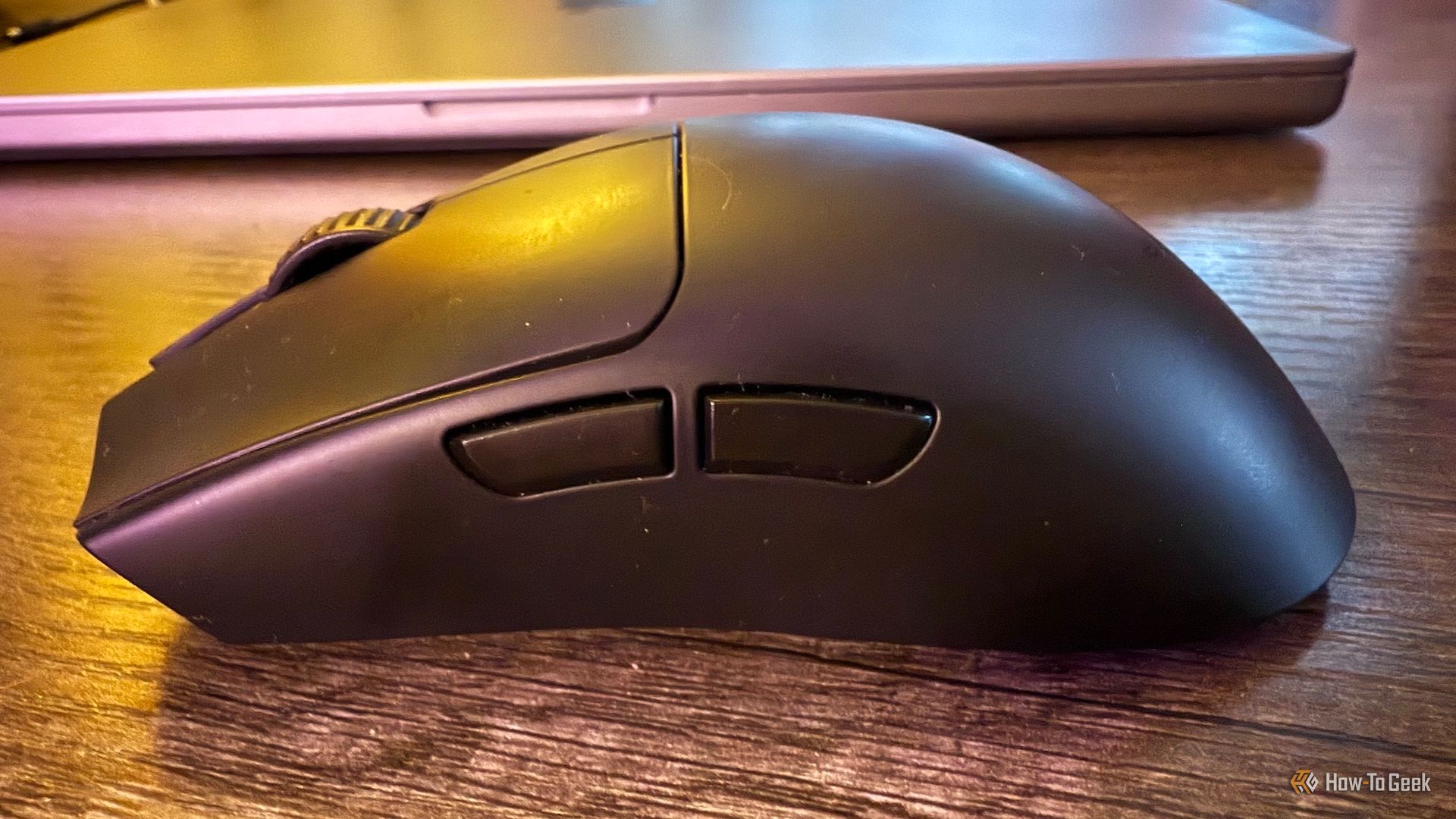
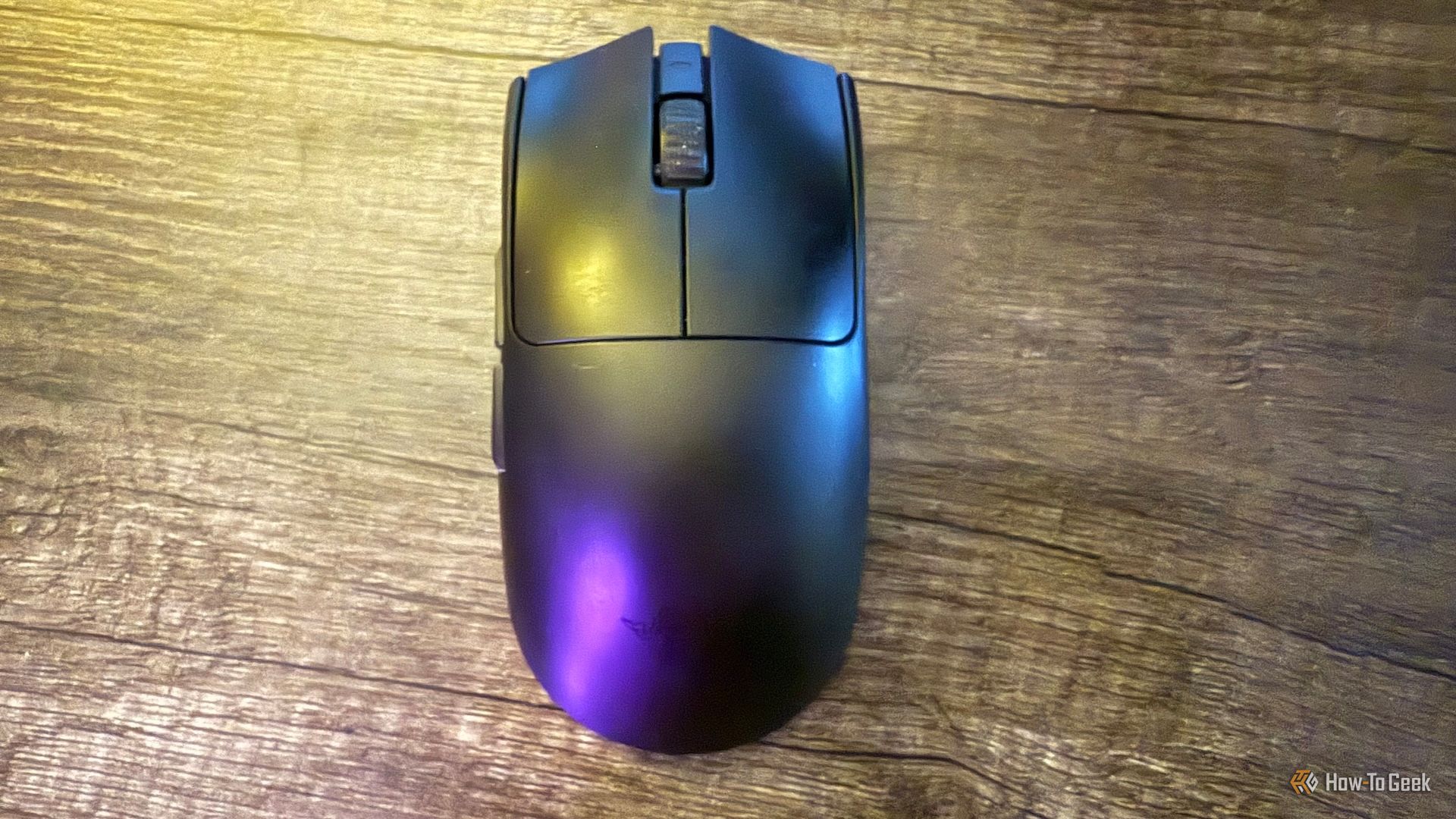
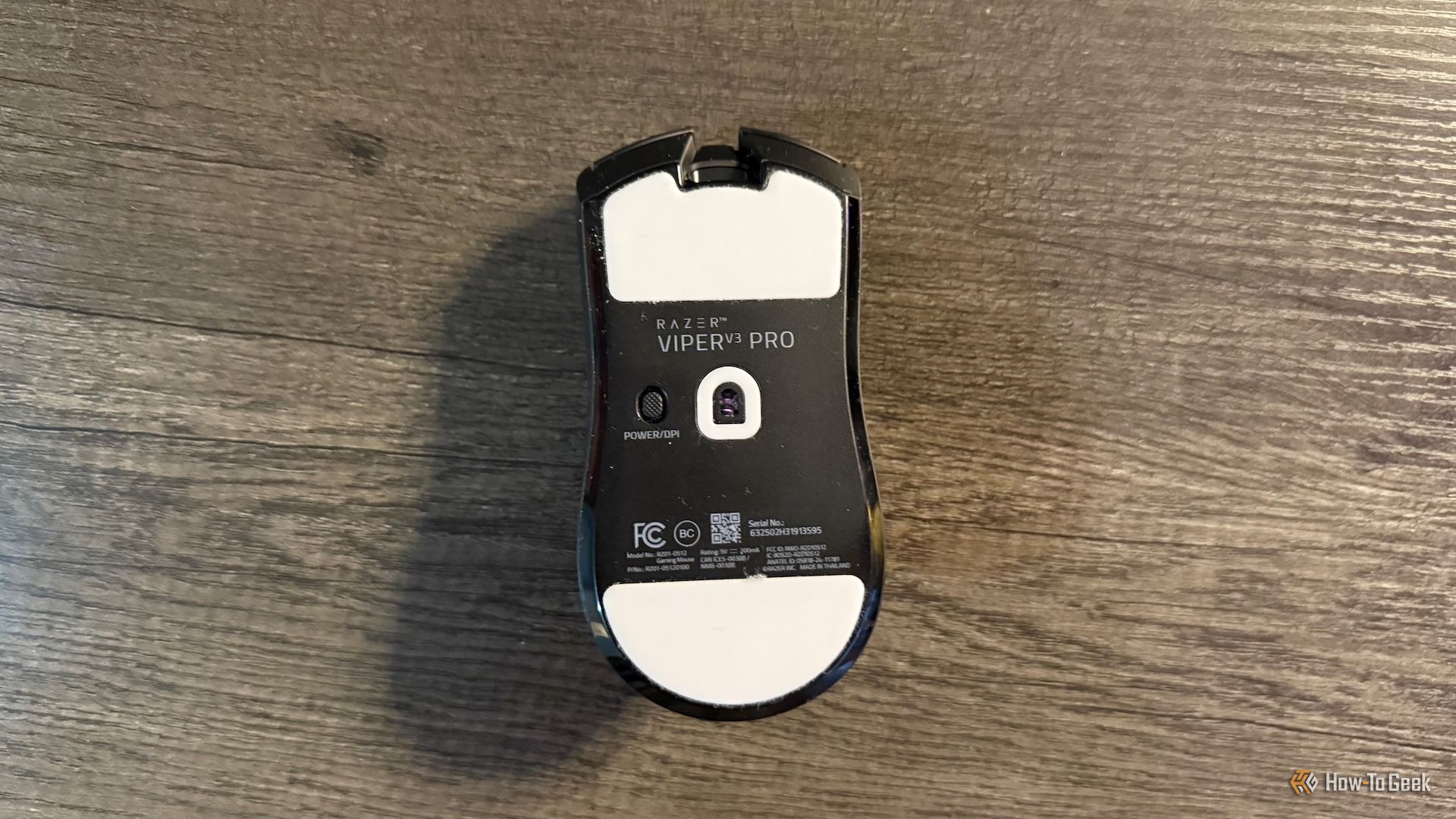
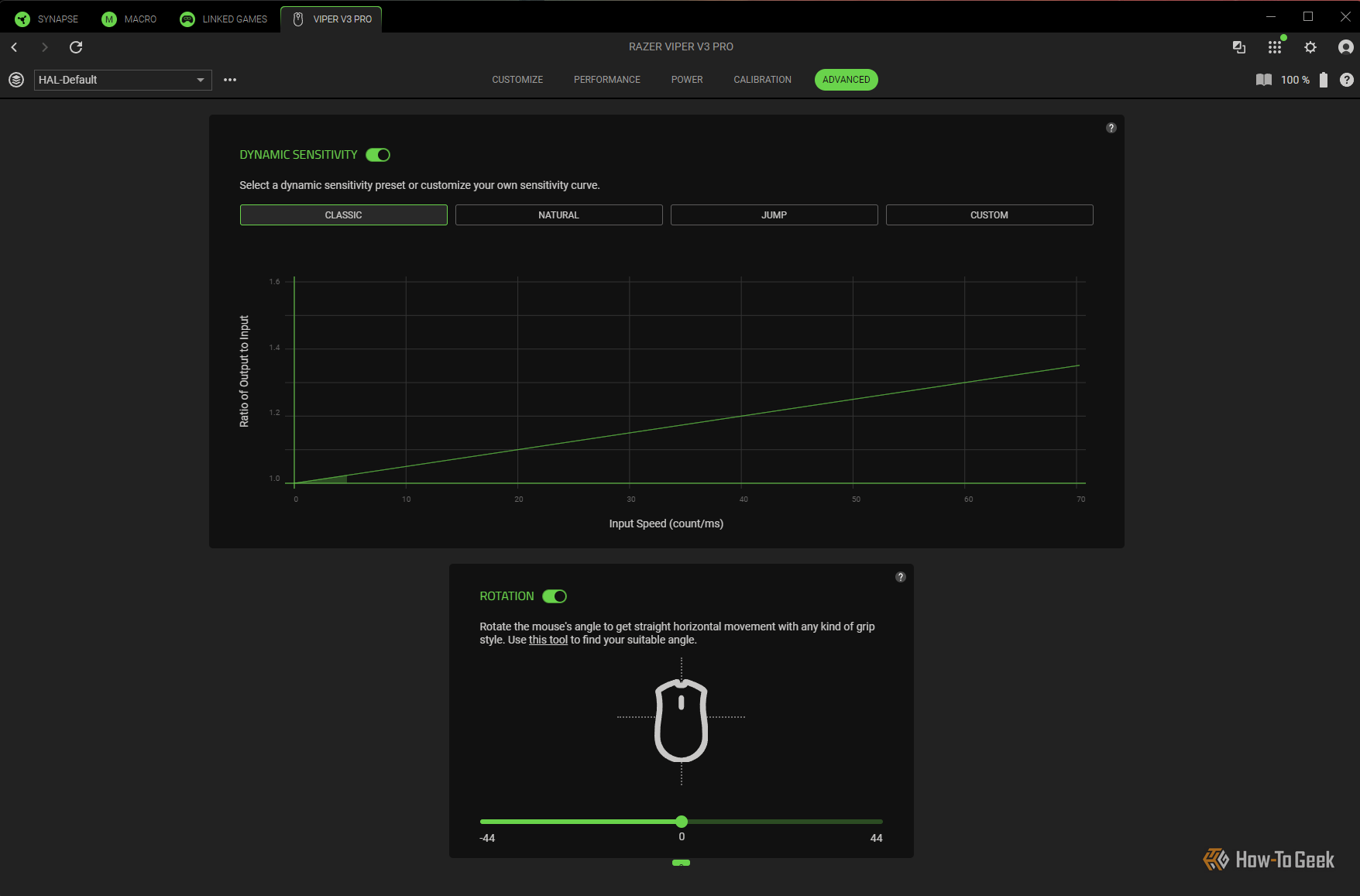
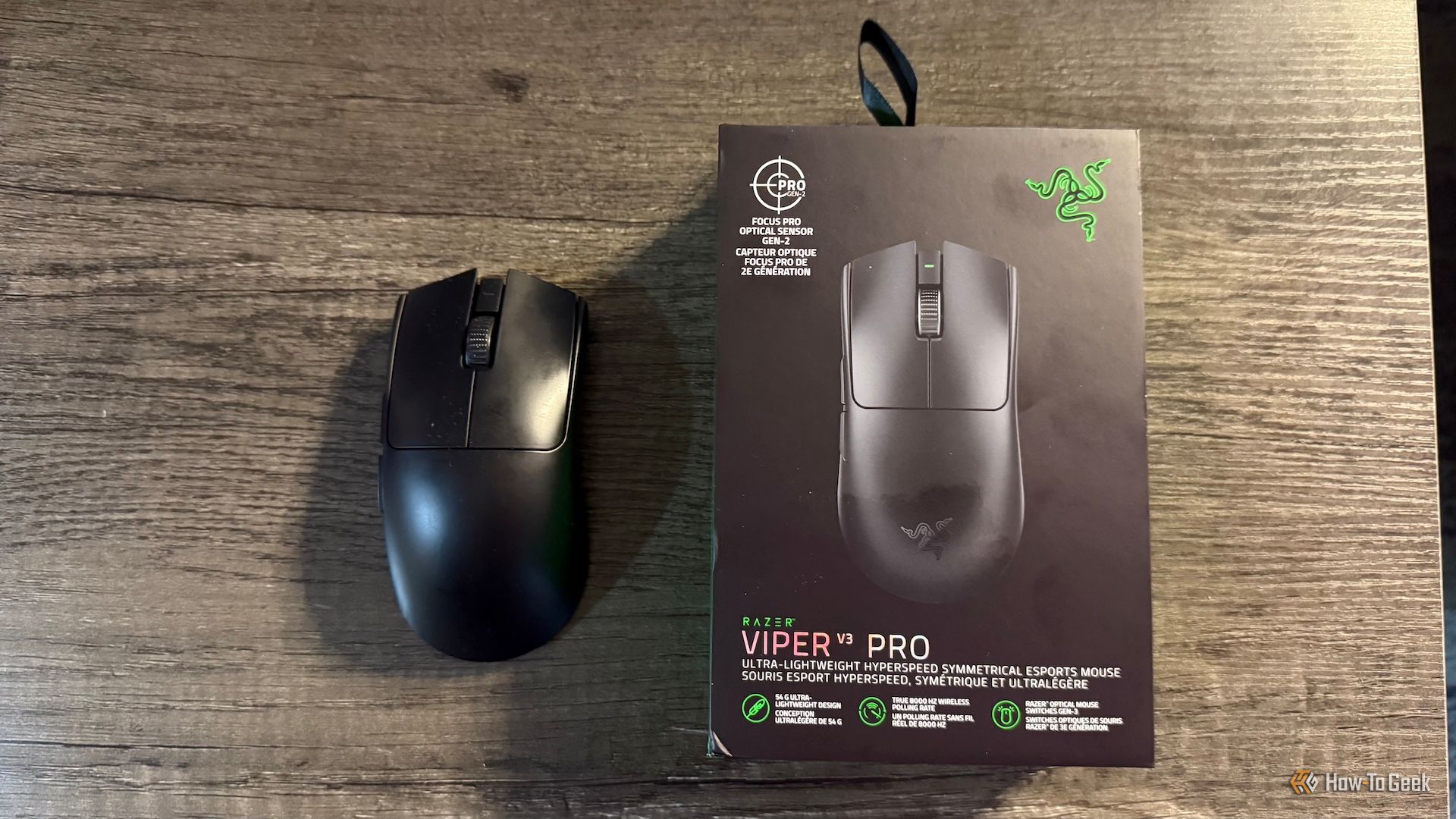





Leave a Comment
Your email address will not be published. Required fields are marked *